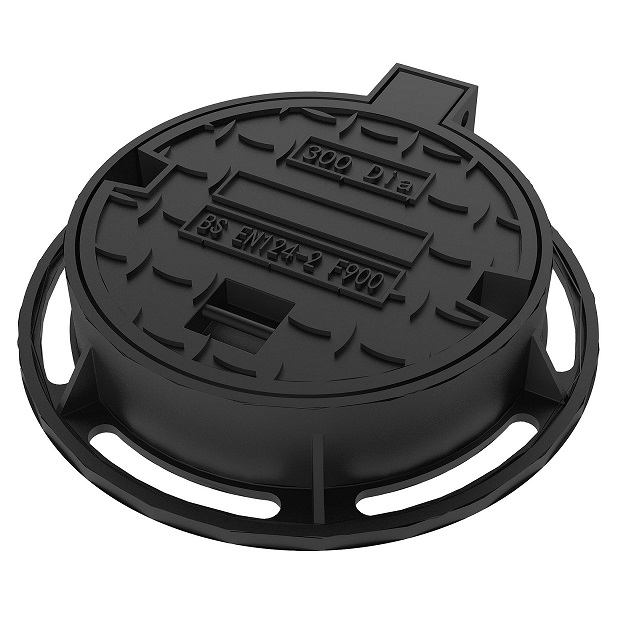-

Email : rae.w@feilong-group.com
-

Tel : +86 188 2526 5625
-

Address : Anhui, Hefei, China
Blog
Infrastructure development in the Middle East and Africa (MEA) has been a focal point for governments and private sectors, driven by rapid urbanization and economic growth. A critical yet often overlooked component of this development is the procurement of manhole covers and drainage channels. These essential components ensure the safety, functionality, and sustainability of urban infrastructure. To meet local requirements effectively, understanding regional standards and preferences is crucial.

Manhole covers and drainage channels in the MEA region must be tailored to withstand specific environmental conditions. In the Middle East, high temperatures and occasional sandstorms necessitate materials that are both heat-resistant and durable. Ductile iron is commonly preferred due to its strength, corrosion resistance, and ability to withstand heavy loads.
In Africa, climatic diversity demands versatile solutions. Coastal regions often require materials resistant to saltwater corrosion, such as composite materials or stainless steel, while inland areas may prioritize cost-effective options like reinforced concrete.
Safety is a paramount concern, especially in urban areas with high traffic volumes. International standards such as EN 124 are widely adopted, categorizing manhole covers and drainage grates based on their load-bearing capacity. For instance:
Class A15: Suitable for pedestrian areas.
Class B125: Ideal for sidewalks and residential zones.
Class D400: Designed for roadways with heavy vehicular traffic.
Many countries in the MEA region enforce these standards, though local adaptations may apply. Procurement teams must ensure compliance to prevent infrastructure failures and safety hazards.
Theft of manhole covers has been a recurring issue in several MEA countries, driven by the resale value of metals. To mitigate this, many municipalities now specify anti-theft designs, such as locking mechanisms or the use of non-metallic composite covers. These alternatives not only deter theft but also offer additional benefits like reduced weight and enhanced corrosion resistance.
Given the diverse climatic conditions across the MEA region, effective drainage systems are vital to prevent flooding and waterlogging. Procurement requirements often emphasize high-capacity drainage channels capable of handling sudden heavy rainfall. In regions prone to sand accumulation, such as the Gulf states, self-cleaning designs and sediment traps are highly valued.
Each country in the MEA region has specific regulatory and cultural considerations that influence procurement decisions. For example:
Saudi Arabia: The Ministry of Municipal and Rural Affairs (MOMRA) outlines stringent guidelines for infrastructure materials, including heat resistance and anti-slip properties.
South Africa: The South African Bureau of Standards (SABS) provides detailed specifications for road and drainage infrastructure, emphasizing sustainability and cost-efficiency.
Customized solutions that align with local aesthetics, such as incorporating cultural motifs or Arabic calligraphy, are increasingly in demand in the Middle East. These designs not only enhance visual appeal but also reflect cultural heritage.
Sustainability is gaining traction in the MEA region, with many governments prioritizing eco-friendly materials and practices. Recycled materials, permeable drainage solutions, and energy-efficient manufacturing processes are becoming key criteria in procurement.
Understanding the procurement requirements for manhole covers and drainage channels in the Middle East and Africa involves balancing technical specifications, environmental considerations, and local regulations. By adhering to these standards and embracing innovative solutions, stakeholders can contribute to building resilient and sustainable urban infrastructure across the region.
Add: Hanshan Industrial Area ( Lintou ), Maanshan City, Anhui Province, China
Please read on, stay posted, subscribe, and we welcome you to tell us what you think.
Copyright © 2025 Anhui Feilong New Material Co., Ltd All Rights Reserved.
Sitemap
|
Blog
|
Xml
|
Privacy Policy
 Network Supported
Network Supported